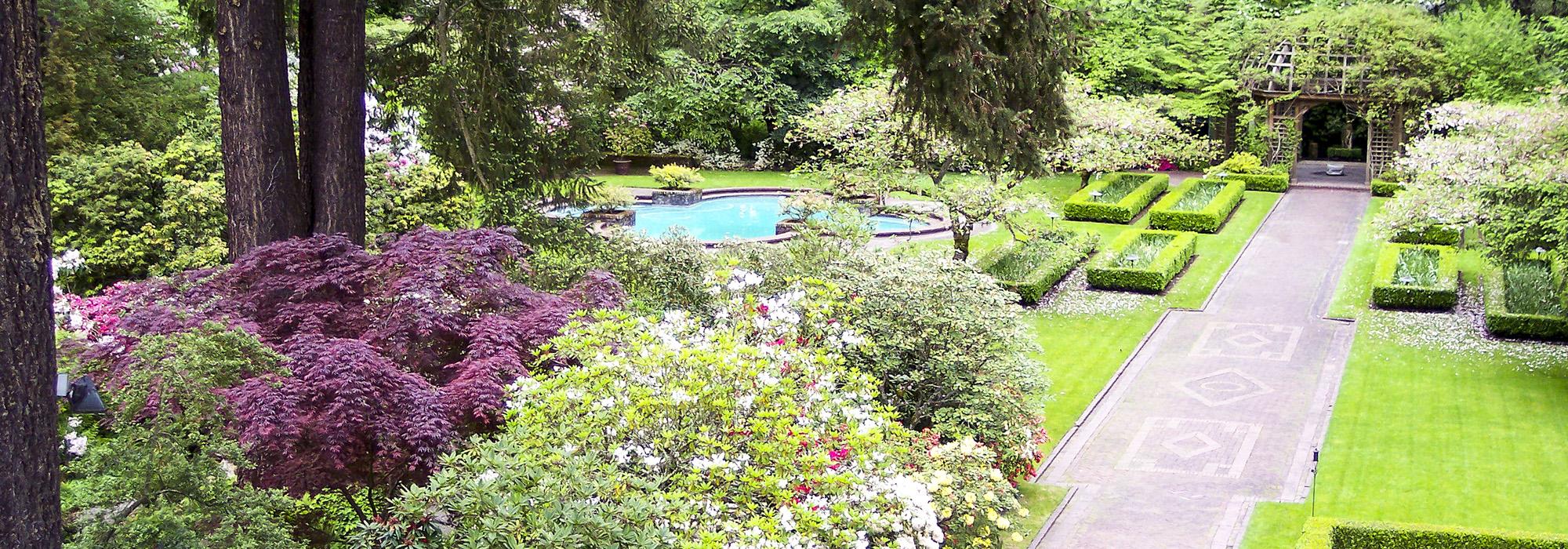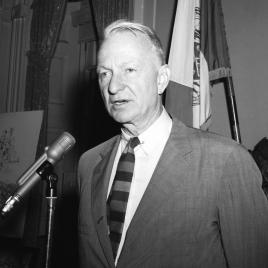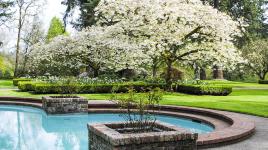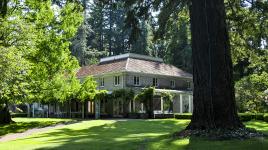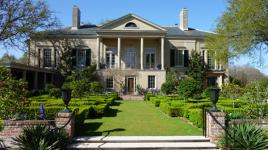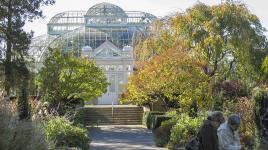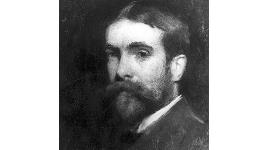Pioneer Information
Born in Cornish, New Hampshire, to architect and landscape designer Charles Platt, Geoffrey Platt graduated from St. Mark’s School in Southborough, Massachusetts. Upon earning his B.A. from Harvard University in 1927, he continued on to earn a bachelor’s degree in architecture from Columbia University in 1930, where he was trained in the traditional style of design. During World War II, he served as an Army Air Corps photo-intelligence officer. Partnering with his brother William, the two men operated the New York City architectural firm Charles A. Platt, William & Geoffrey until 1933, changing the name to William & Geoffrey Platt in 1934. In 1939, the brothers began working at Longue Vue House and Gardens in New Orleans, creating a complementary design plan for the site that incorporated the house, outbuildings, and gardens. Working at the estate throughout the Stern family’s residence, they assisted with its transformation from a private home to a public museum in the late 1970s. Working with Thomas Church, the brothers were commissioned to redesign the Wagner estate in Lakewold, Washington, in 1958 (now Lakewold Gardens). They also designed the Jeannette Kittredge Watson Science and Education Building (1969-1972) at the New York Botanical Garden, as well as many private residences across the country.
In 1962, Platt was appointed by New York City’s mayor to head the advisory Landmarks Preservation Commission. He served as the first chairman of the Commission from 1965 to 1968, becoming vice-chairman that year. Platt became a member of the American Institute of Architects in 1934 and a fellow in 1953. At the time of his death, he was a consultant to the successor firm, Platt, Wyckoff & Coles. He passed away at the age of 79 and was buried in Stockbridge, Massachusetts.



